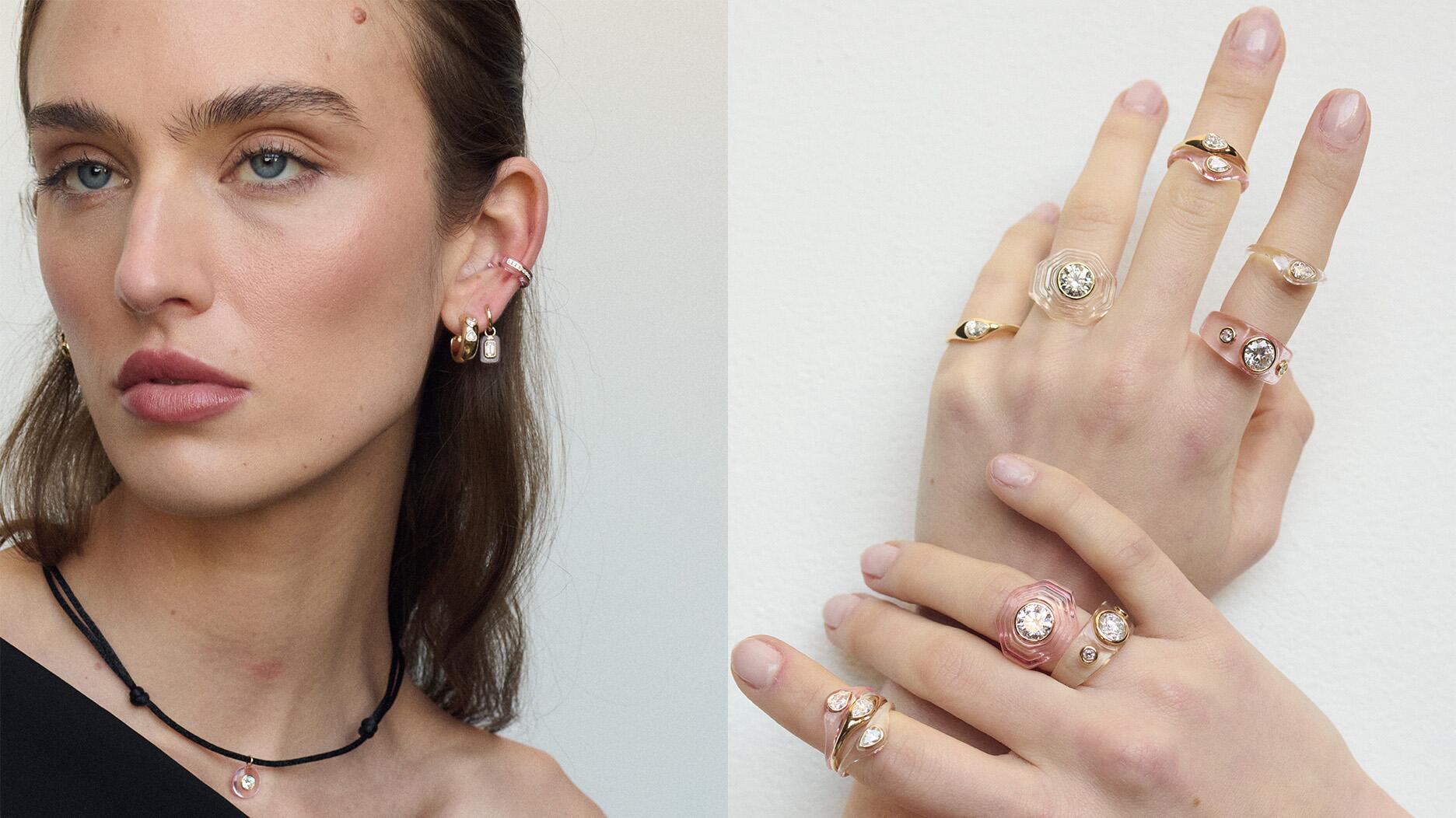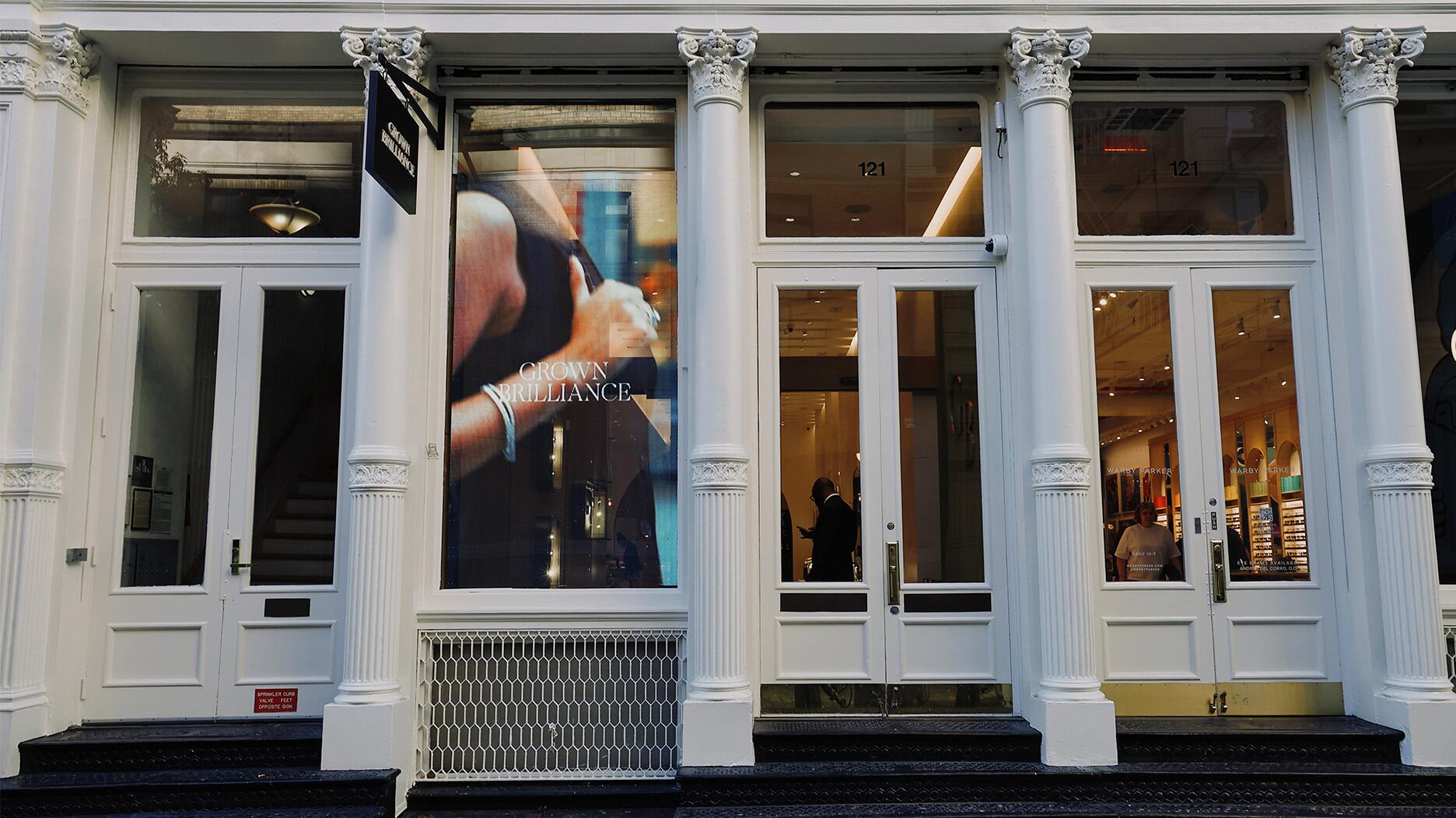The new pink sapphire version of the piece dances with its wearer in the brand’s “Icons After Dark” holiday campaign.
3 Moissanites With Fraudulent Inscriptions Submitted to GIA Lab
The stones were sent into the Johannesburg lab and researchers detailed their discovery in the fall issue of Gems & Gemology.

It is a first such discovery for the laboratory.
GIA reported on the finding in the fall 2020 issue of Gems & Gemology, in an article in the Lab Notes section authored by Sicebiso Hlatshwayo and Sally Eaton-Magaña.
The note specifically addressed the first of the three stones received, a 1.02-carat round brilliant recently submitted for a Diamond Grading report.
Standard testing showed the stone was not a diamond, and further tests proved it to be a synthetic (lab-grown) moissanite, Hlatshwayo and Eaton-Magaña wrote.
They noted simulants are “often” submitted to the lab for diamond grading but are easily rooted out using the standard grading process.
This is the first time, however, the lab has come across a fraudulent inscription on a diamond simulant, and the fake was apparent to graders for a number of reasons.
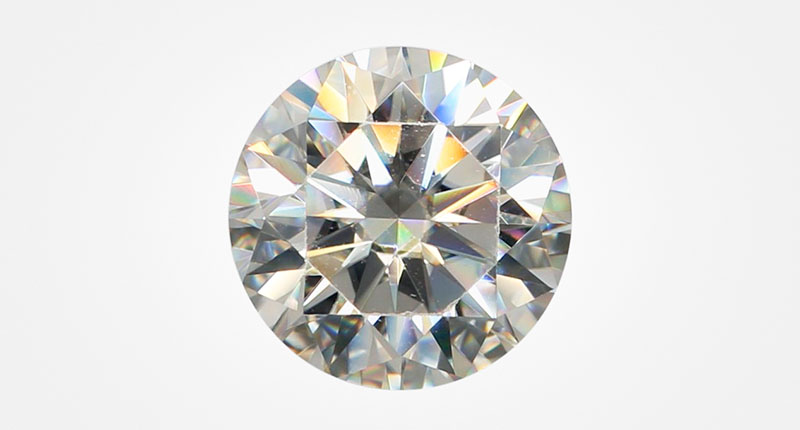
First, GIA checks all stones with a pre-existing inscription.
The report number on the 1.02-carat round brilliant moissanite belonged to an E-color natural diamond of the same carat weight graded in 2019.
The measurements of the stones, however, were “quite different” due to the fact that the two materials have a different specific gravity, Hlatshwayo and Eaton-Magaña wrote.
The specific gravity of diamond is 3.52 while moissanite’s is 3.22, which means that moissanite, any moissanite, has to be slightly larger than a diamond to equal its carat weight.
“Since the specific gravity of moissanite is smaller than diamond, it is less dense and needs to have a larger volume for the same weight,” GIA explained in an email to National Jeweler.
In addition, the font used for the inscription on the moissanite was “distinctly different” from GIA’s usual font and, while GIA does not assign clarity grades to lab-grown moissanite, the stone in question is equivalent to a VVS2, while the clarity grade on the report for the natural diamond is VVS1.
The lab note in the fall edition of Gems & Gemology did not provide details on the other two lab-grown moissanite submitted with fraudulent inscriptions, as they did not come into the lab until after the article was written.
The Latest

A choice that’s generated a lot of commentary, Pantone says “Cloud Dancer” marks a fresh start and encourages relaxation and creativity.
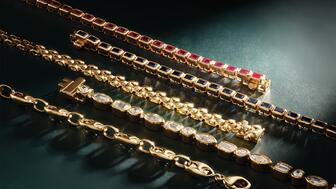
The manufacturer’s holiday campaign features a gift guide filled with trending designs and jewelry that can be personalized.

How Jewelers of America’s 20 Under 40 are leading to ensure a brighter future for the jewelry industry.

The man was charged with theft, accused of ingesting the necklace while in a jewelry store in Auckland, New Zealand.


The Florida independent expanded its store from 8,000 to 14,000 square feet, fulfilling the vision of its late co-founder, Jim Dunn.

Sponsored by De Beers Group

Roseco’s 704-page catalog showcases new lab-grown diamonds, findings, tools & more—available in print or interactive digital editions.
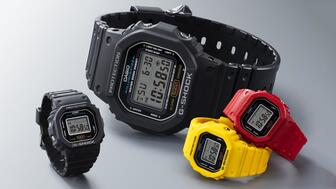
The classic 5600 series G-Shock has been scaled down to about a tenth of its size, becoming a fully functioning watch ring.

The association’s annual conference and gala will take place Feb. 4, 2026, during the Tucson gem shows.

The January show will include a workshop for jewelry retailers on implementing AI to strengthen their businesses.
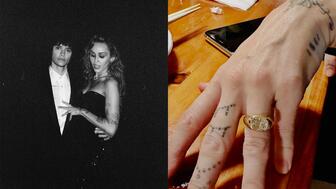
Fellow musician Maxx Morando proposed to the star with a chunky, cushion-cut diamond ring designed by Jacquie Aiche.

The retailer, which sells billions in fine jewelry and watches, is suing the Trump administration and U.S. Customs and Border Patrol.

Black Friday is still the most popular shopping day over the five-day holiday weekend, as per the National Retail Federation’s survey.
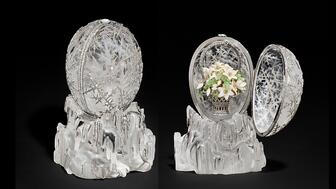
The historic egg, crafted for Russia's ruling family prior to the revolution, was the star of Christie’s recent auction of works by Fabergé.
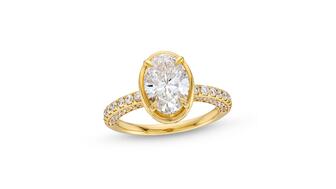
The retailer offered more fashion jewelry priced under $1,000, including lab-grown diamond and men’s jewelry.
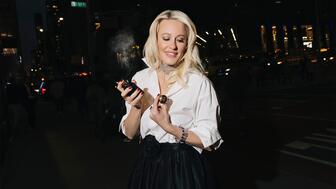
The eau de parfum is held in a fluted glass bottle that mirrors the decor of the brand’s atelier, and its cap is a nod to its “Sloan” ring.

Vivek Gadodia and Juan Kemp, who’ve been serving as interim co-CEOs since February, will continue to lead the diamond mining company.

In addition, a slate of new officers and trustees were appointed to the board.
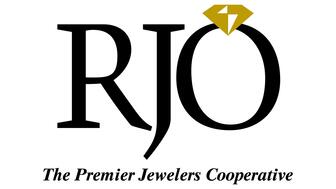
Witt’s Jewelry in Wayne, Nebraska, is the organization’s new milestone member.

Laurs is the editor-in-chief of Gem-A’s The Journal of Gemmology and an expert on the formation of colored gemstone deposits.
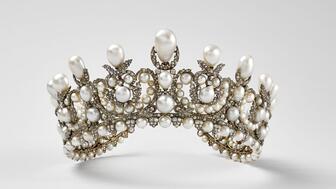
The man, who has a criminal history, is suspected of being the fourth member of the four-man crew that carried out the heist.
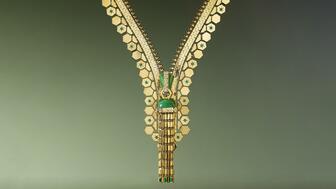
The single-owner collection includes one of the largest offerings of Verdura jewels ever to appear at auction, said Christie’s.

Michael Helfer has taken the reins, bringing together two historic Chicago jewelry names.
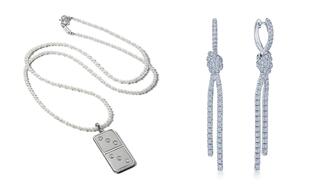
The guide features all-new platinum designs for the holiday season by brands like Harwell Godfrey, Ritani, and Suna.

During its Q3 call, CEO Efraim Grinberg discussed the deal to lower tariffs on Swiss-made watches, watch market trends, and more.
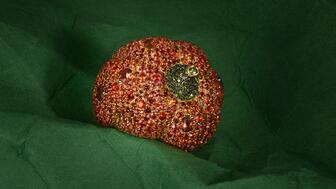
Rosior’s high jewelry cocktail ring with orange sapphires and green diamonds is the perfect Thanksgiving accessory.










